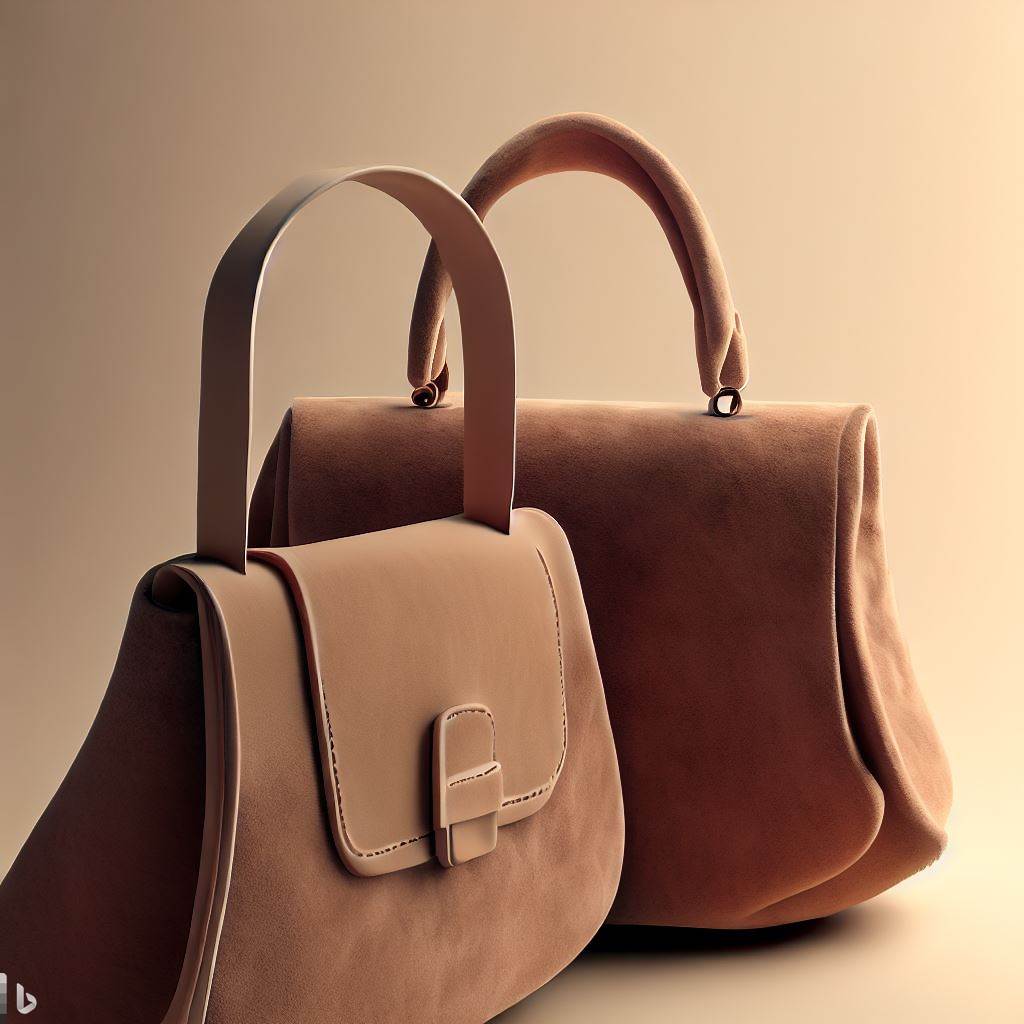
Suede vs Nubuck : Exposing the Differences and Best 3 Uses
Table of Contents

Suede vs. Nubuck – Key Factor :
Nubuck is made from the outer side of the hide, while suede is made from the inner side. Nubuck has a velvety texture with a grainy appearance, while suede has a smooth, soft nap.
When it comes to leather, there are various types that offer unique characteristics and appeal. Two popular choices that often cause confusion are suede leather and nubuck leather. Understanding the differences between these two materials is essential for anyone interested in leather products or looking to make an informed purchase. In this article, we will explore the distinctions between suede and leather, shedding light on their manufacturing processes, appearance, durability, and applications.
Characteristics of Suede vs Nubuck
Suede leather is known for its luxurious softness and velvety texture. It is typically made from the inner side of a hide, which is sanded or buffed to create its characteristic nap. This process results in a delicate, lightweight material that is highly flexible. Suede leather finds its use in a wide range of products, including garments, shoes, handbags, and accessories. Its refined appearance and exceptional comfort make it a favorite choice for those seeking an elegant yet casual aesthetic.
Nubuck leather, on the other hand, offers a different set of characteristics. It is produced by sanding or brushing the outer side of the hide, resulting in a soft and grainy texture. Nubuck leather shares similarities with suede in terms of its softness but differs in appearance. It has a slightly more rugged and robust look, which lends itself well to applications that require durability. Nubuck leather is commonly used in the manufacturing of high-quality footwear, bags, and furniture. Its natural ability to develop a beautiful patina over time adds to its allure.
How Nubuck and Suede made of
The manufacturing processes of suede leather and nubuck leather contribute significantly to their differences. Suede leather is created by sanding or buffing the inner side of the hide, which is typically sourced from sheep, goats, or cows. This process creates a fuzzy surface with a short, fine nap. Nubuck leather, on the other hand, undergoes a similar sanding or brushing process, but the outer side of the hide is utilized. As a result, nubuck leather retains a textured appearance and a longer, slightly coarser nap compared to suede leather.
Variation in Appearance and Texture
The visual appearance and texture of suede leather and nubuck leather set them apart. Suede leather boasts a smooth, luxurious appearance with a delicate nap that gives it a refined and sophisticated look. Its softness and velvety touch provide a sense of comfort and elegance. In contrast, nubuck leather exhibits a grainy texture that adds a touch of ruggedness to its overall appearance. Its surface may have a more pronounced texture, offering a unique visual appeal that can be both rustic and stylish.
Suede and nubuck leather care
In terms of durability, suede leather requires a bit more care and attention. It is susceptible to stains, water damage, and wear over time. Regular maintenance, including proper cleaning and conditioning, is necessary to keep suede leather looking its best. Nubuck leather, on the other hand, is more durable and resistant to wear. It has the ability to develop a natural patina over time, enhancing its appearance and character. While nubuck leather is still vulnerable to stains and water damage, its durability makes it more forgiving than suede leather.
Applications and Suitability
Suede leather finds its versatility in a variety of applications. It is widely used in the fashion industry for garments, shoes, handbags, and small accessories. Its softness and delicate appearance make it a popular choice for creating elegant and comfortable products. Nubuck leather, with its rugged and durable nature, is often favored in the production of high-quality footwear, bags, and furniture. Its ability to withstand daily wear and tear while still maintaining its aesthetic appeal makes it an excellent choice for long-lasting and resilient items.
Understanding the difference between suede leather and nubuck leather is crucial for anyone looking to appreciate and make informed choices about leather products. While suede leather offers a soft, luxurious feel and refined appearance, nubuck leather boasts durability and a textured, grainy surface. Each material has its unique characteristics, applications, and maintenance requirements. By recognizing these differences, consumers can confidently choose the type of leather that best suits their needs and preferences. Whether it’s the elegance of suede or the rugged appeal of nubuck, both materials bring their own distinctive charm to the world of leather.

